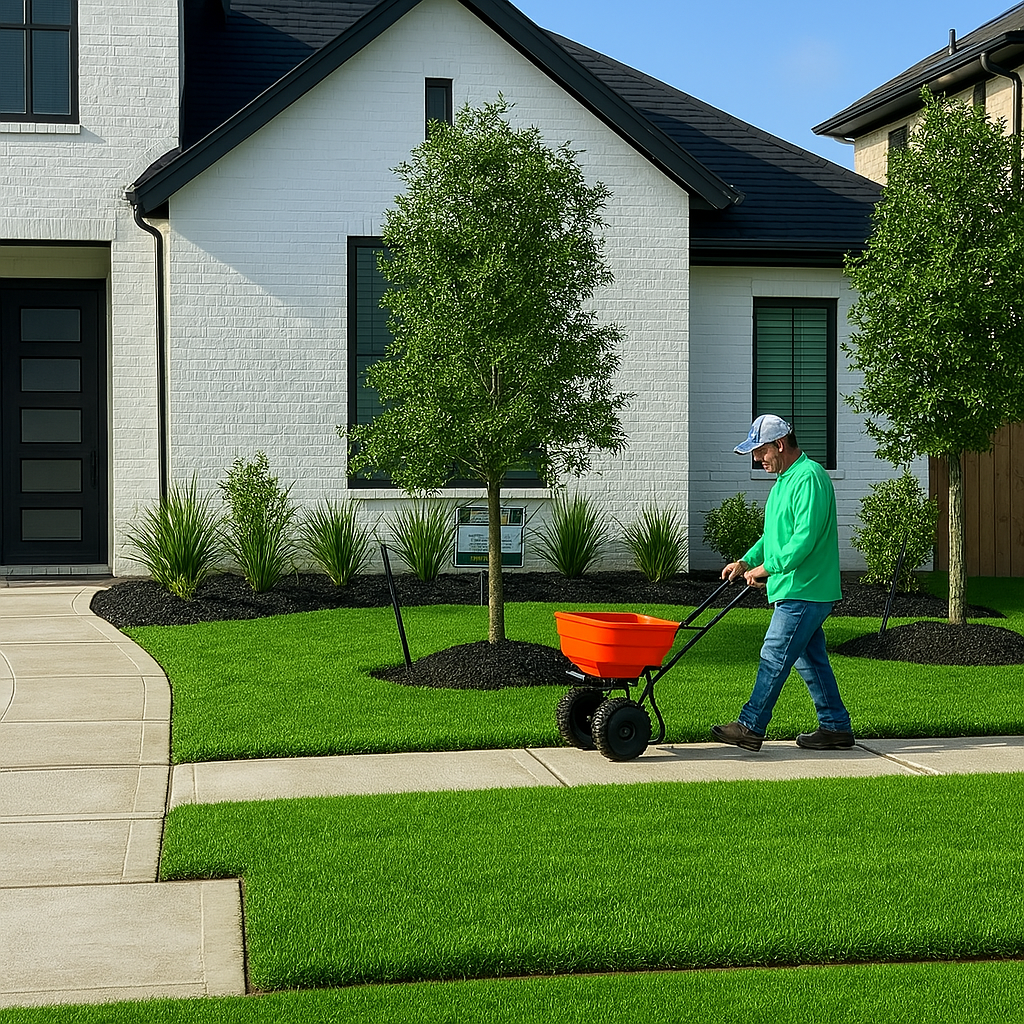Why is core aeration important?
Core aeration is highly beneficial for several reasons, primarily addressing soil compaction:
Relieves Soil Compaction: Over time, foot traffic, heavy equipment, and even rainfall can compact the soil in your lawn. Compacted soil makes it difficult for grass roots to penetrate, grow, and absorb water and nutrients. Aeration breaks up this compaction, creating channels for roots to thrive.
Improves Water Penetration: When soil is compacted, water tends to run off the surface rather than soaking in. The holes created by aeration allow water to penetrate deeper into the soil, ensuring that the grass roots receive adequate moisture.
Enhances Nutrient Uptake: With improved water penetration comes better nutrient absorption. Fertilizers and other soil amendments can more easily reach the root zone, leading to a healthier and more robust lawn.
Boosts Air Circulation: Just like roots need water and nutrients, they also need oxygen. Compacted soil restricts air flow. Aeration opens up pathways for air to circulate, promoting healthier root development and overall turf vigor.
Reduces Thatch Buildup: While dethatching directly removes thatch, core aeration indirectly helps. The soil plugs that are pulled out contain microorganisms that help break down the thatch layer. When the plugs break down and are redistributed, they can help decompose existing thatch and prevent future excessive buildup.
Promotes Deeper Root Growth: By alleviating compaction and improving access to water, air, and nutrients, core aeration encourages grass roots to grow deeper into the soil. Deeper roots make the lawn more resilient to drought and other environmental stresses.
Enhances Seed Germination (when overseeding): If you plan to overseed your lawn, aerating beforehand creates ideal pockets for grass seeds to settle into, providing good soil-to-seed contact and improving germination rates.
How is core aeration done?
A core aerator uses hollow tines or spoons to penetrate the lawn and extract the soil plugs. These machines can be push-behind models for smaller lawns or tow-behind units for larger areas.
After aeration, you'll see hundreds of small soil plugs scattered across your lawn. It's generally recommended to leave these plugs on the surface. They will break down naturally over a few weeks, returning valuable organic matter and nutrients to the soil. Mowing and watering can help them disintegrate faster.
When to aerate:
The best time to perform core aeration depends on your grass type:
Cool-season grasses (e.g., fescue, ryegrass, bluegrass): Late summer to early fall (August to October) or early spring (April to May) are ideal. These are periods of active growth for cool-season grasses, allowing them to quickly recover and fill in the holes.
Warm-season grasses (e.g., Bermuda, Zoysia, St. Augustine): Late spring to early summer (May to July) is the best time, as this is when warm-season grasses are actively growing and can recover efficiently.
Frequency:
For most lawns, core aeration every one to three years is sufficient. Lawns with heavy foot traffic, dense clay soil, or those that frequently experience compaction may benefit from annual aeration.
In summary, core aeration is a vital practice for maintaining a healthy, vibrant, and resilient lawn, especially in areas prone to soil compaction.









